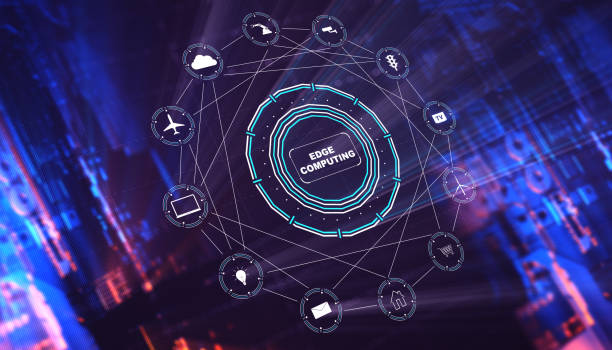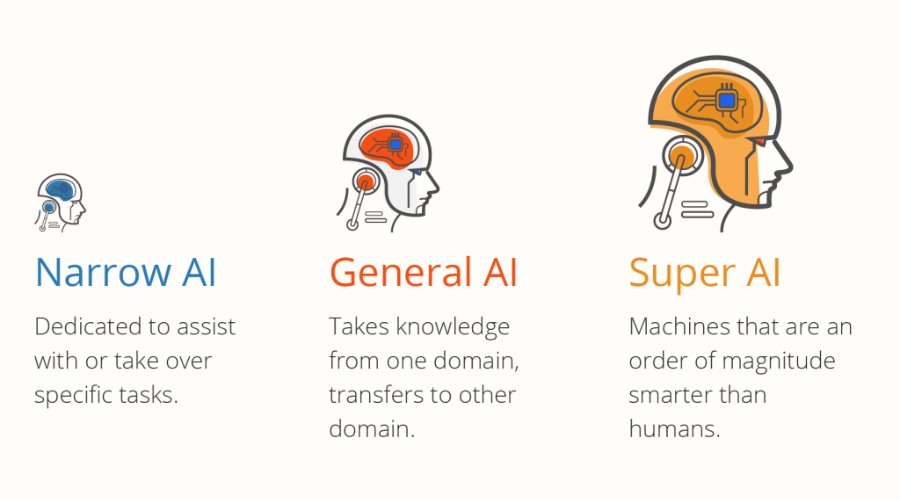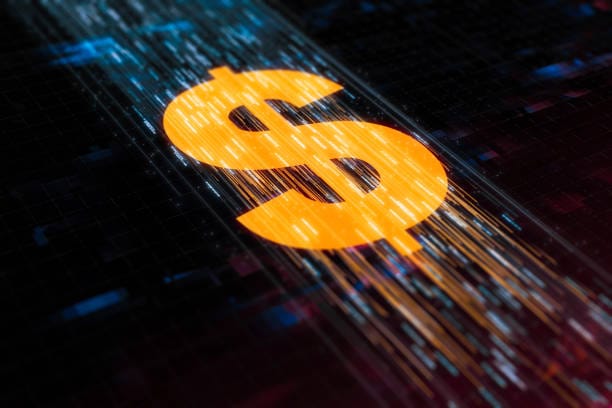Somewhere in the world right now, someone is staring at a login screen with an aching sense of dread. The cursor blinks impatiently. A password is forgotten. Panic sets in. Fingers hesitate over the keyboard, grasping for the right combination of letters, numbers, and symbols that once seemed so memorable but now might as well be ancient runes.
It’s a familiar misery. The forgotten password. The rejected login. The loop of password resets, verification codes, and anxious emails from security bots warning: “We detected suspicious activity in your account.”
For decades, passwords have been the invisible keys to our digital kingdoms. From the earliest days of computing labs to the sprawling internet we inhabit today, they’ve guarded our secrets, our bank accounts, our emails, our identities. Yet, with each passing year, passwords have grown more burdensome—and less secure.
Human memory was never meant to hold dozens, let alone hundreds, of unique, complex passwords. And as the stakes have risen—from petty account hacks to billion-dollar breaches—the humble password has become a fragile barrier between us and the chaos lurking online.
So the question hovers like a stubborn ghost: Can passwords finally be replaced forever? Are we standing on the brink of a world without them—a future where we no longer type “p@ssw0rd123!” only to be told it’s too weak, too old, or already used?
In the shadows of cybersecurity labs, among cryptographers and tech visionaries, a revolution has been gathering force—a vision of a passwordless world. But as with every revolution, the path forward is tangled with hope, risk, and the stubborn weight of human habit.
The Birth of the Secret Code
To understand how we reached this juncture, we must journey backward to the origins of the password itself. The concept predates computers by centuries. Roman soldiers exchanged passwords—secret phrases to identify friend from foe. Medieval guards challenged those approaching castle gates to “speak the pass-word,” ensuring loyalty and security.
In the digital realm, the first computer password was born in 1961 at MIT. A young scientist named Fernando Corbató devised a time-sharing system, allowing multiple users to share a single computer. To keep each user’s data private, he assigned individual passwords—a simple string of characters that opened personal files like a digital key.
It was a practical invention, modest in ambition. Corbató could not have imagined that his solution would spiral into one of the greatest cybersecurity headaches of the modern age.
As the decades rolled on, technology galloped forward, and the humble password tried desperately to keep pace. Hackers grew bolder, computing power soared, and the once-impenetrable wall of a simple password began to crumble. What once seemed secure became child’s play for brute-force attacks and clever phishing schemes.
The Modern Password Paradox
In the early 2000s, the internet exploded into daily life. Emails multiplied. Social networks emerged. Online banking, shopping, streaming—all demanded accounts, and all demanded passwords. The average user soon juggled dozens of them, each site urging longer, more complex combinations of letters, numbers, and symbols.
Security experts issued stern warnings: Never reuse passwords. Change them frequently. Avoid dictionary words. Add random characters. Use two-factor authentication. But humans, bound by the limits of memory and convenience, mostly ignored this advice.
We reused passwords across sites. We chose our kids’ names, our birthdays, or “password123.” We scribbled passwords on sticky notes. We stored them in unencrypted spreadsheets. We created memorable but easily guessable strings like “iloveyou2022.”
Hackers took note. Major breaches—Yahoo, LinkedIn, Adobe, Equifax—poured billions of credentials into the dark web. Credentials sold for pennies, fueling an industry of cybercrime. Even complex passwords were no match for modern cracking tools. The trust once placed in passwords evaporated.
Yet, paradoxically, we remain shackled to them. Why? Because they’re familiar. Because every system demands them. Because replacing them entirely is a monumental challenge, technically and psychologically.
The Dawn of Biometrics
In the past decade, a new idea began to shimmer on the horizon: why remember secrets when you can use something you are?
Biometrics. Your fingerprint. Your face. Your voice. Your iris. Unique identifiers forged into your very biology.
Tech giants leapt into the biometric frontier. Apple introduced Touch ID, then Face ID. Samsung and Google followed suit. Laptops sprouted fingerprint sensors. Apps offered voice recognition. The promise was seductive: no passwords to remember, no secrets to forget.
Instead, you simply touch, glance, speak—and you’re in.
It felt almost magical. Your face became your password. Your finger unlocked secrets. A single touch bypassed labyrinths of security prompts.
But beneath the sleek marketing lay thorny problems. Fingerprints could be lifted from surfaces. Faces could be spoofed with photographs or 3D masks. Voices could be synthesized with alarming accuracy. And unlike passwords, biometrics are not easily changed. You can reset a password. You cannot reset your fingerprints.
Privacy advocates sounded alarms. What happens when your biometric data leaks? Who controls your most intimate identifiers? What rights do you have if your face is stored in countless databases?
Biometrics offered a glimpse of a passwordless world—but one laced with new risks.
The Cryptographic Frontier
As biometrics surged into the mainstream, another, quieter revolution unfolded among cryptographers and cybersecurity engineers: the rise of public key cryptography as a tool for everyday authentication.
In a password-based system, secrets are shared: the user knows the password, and the server stores a copy (often hashed). But shared secrets are vulnerable. If a hacker breaches the server, every password is exposed.
Public key cryptography changes the equation. Instead of shared secrets, users possess a pair of keys: one public, one private. The public key can be shared freely. The private key remains locked away, known only to the user. When logging in, the user proves ownership of the private key by cryptographic challenge—not by revealing a password.
Suddenly, there’s nothing for hackers to steal from a server. No central vault of passwords. The private key never leaves the user’s device.
This concept, known as asymmetric cryptography, underpins many emerging “passwordless” solutions, from hardware security keys to the protocols championed by the FIDO (Fast Identity Online) Alliance.
Hardware security keys—like YubiKeys—are tiny devices that plug into USB ports or communicate via NFC. When you attempt to log in, the key performs a cryptographic handshake, confirming your identity. No passwords required. No secrets stored on servers.
Tech giants began to embrace these tools. Google mandated security keys for its employees after a sophisticated phishing attack. Not one account was successfully phished afterward. Microsoft, Apple, and countless others joined the push, integrating hardware security keys and software-based implementations into their ecosystems.
The FIDO Revolution
Founded in 2013, the FIDO Alliance is a coalition of tech companies united by a singular mission: kill the password.
FIDO protocols aim to eliminate shared secrets entirely. Instead of typing a password, you authenticate using a local mechanism—biometrics, a hardware key, a PIN. The device then signs a cryptographic challenge, proving to the website that you are who you claim to be.
Crucially, your biometric data or PIN never leaves your device. The server never stores it. All that’s exchanged is cryptographic proof. This architecture slashes the attack surface dramatically.
FIDO protocols are now baked into modern web browsers and operating systems. Apple, Microsoft, Google—all support WebAuthn, the core FIDO protocol for web applications.
With these technologies, logging into a website can be as simple as tapping your fingerprint sensor. No passwords. No phishing risk. Even if hackers breach a website, they find no credentials worth stealing.
It’s a breathtaking vision. A web without passwords. But the reality remains complicated.
The Human Problem
Technology alone cannot overthrow passwords. Humans stand in the way.
Despite relentless innovation, adoption remains slow. Many people are unaware of passwordless options. Others fear losing access if they misplace a hardware key. Businesses hesitate to implement new systems, fearing disruption, support costs, or alienating customers.
Habits die hard. People understand passwords—even bad ones. Convincing the world to trust hardware keys, cryptographic handshakes, or biometrics requires a cultural shift as profound as the technological one.
There’s also the ecosystem problem. Passwords are universal. Every website supports them. Many newer systems require compatibility layers to accommodate users who still depend on passwords. Developers must juggle legacy systems, making transitions more complicated.
Meanwhile, regulatory landscapes vary worldwide, adding complexity for multinational companies seeking to roll out passwordless solutions.
The Passkey Promise
In 2022, a new concept began gaining steam: passkeys.
Passkeys are a consumer-friendly implementation of FIDO protocols. Instead of remembering passwords, users store cryptographic credentials securely on their devices. These passkeys sync across a user’s devices via end-to-end encryption. Lose your phone? Restore your passkeys on a new device.
Apple, Google, and Microsoft are collaborating to make passkeys seamless across ecosystems. Imagine logging into a website on your laptop, and your phone buzzes, asking for Face ID or fingerprint. Tap “Approve,” and you’re in. No password. No secrets transmitted over the internet. Just cryptographic proof.
Passkeys represent perhaps the most promising path to a passwordless future—a blend of security, convenience, and user-friendliness. But even this promising technology faces hurdles: interoperability, user education, and ensuring smooth recovery mechanisms.
The Battle Against Phishing
Beyond mere convenience, passwordless authentication strikes at one of the internet’s deadliest threats: phishing.
Phishing relies on tricking users into surrendering credentials. Fake login pages. Emails from “support teams.” Text messages warning of suspicious logins. Once credentials are harvested, hackers slip into accounts unnoticed.
Passwordless systems thwart phishing by design. A cryptographic challenge cannot be stolen and reused. Your device refuses to authenticate unless it’s communicating with the legitimate website. Fake login pages simply cannot replicate the cryptographic handshake.
This fundamental security advantage makes passwordless authentication not merely a luxury but a necessity in an age when phishing is the entry point for ransomware, espionage, and nation-state attacks.
Corporate Adoption and Growing Pains
Enterprises are increasingly eyeing passwordless solutions as they grapple with rising cybersecurity costs. The average data breach costs millions. Password resets drain help desks. Cyber insurance premiums climb. The economic case for eliminating passwords grows stronger.
Some corporations have gone all-in. Microsoft, for example, has declared a vision for a “passwordless future,” offering customers the option to remove passwords entirely from Microsoft accounts.
Yet widespread adoption remains elusive. Enterprises must integrate new systems into legacy architectures. Employees require training. Regulatory requirements differ across industries. And businesses must support customers who still depend on passwords.
It’s a delicate balancing act. The dream of a passwordless world is tantalizing. But the realities of global infrastructure, human behavior, and technical debt keep many organizations cautious.
A Future in Flux
So can passwords finally be replaced forever?
The answer hovers between optimism and caution. The technology exists. Cryptographic protocols like FIDO and innovations like passkeys can, in principle, eradicate passwords. But adoption requires momentum—across businesses, governments, and individual users.
It’s unlikely passwords will vanish overnight. They will fade, slowly, as more systems embrace passwordless options. A hybrid world will persist for years, with passwords lingering like vestigial organs while new technologies take hold.
Yet the arc of progress bends toward a future where the phrase “forgot my password” becomes a relic of the past. A generation from now, children may look puzzled when their parents recall the era of password resets, security questions, and sticky notes hidden under keyboards.
A Human Story
At its core, the struggle to replace passwords is not merely a technical saga. It’s a profoundly human story—of our desire for safety, convenience, and trust in an increasingly digital world.
It’s a story of engineers who believe technology can liberate us from old burdens. Of hackers who exploit human weaknesses. Of ordinary people yearning for simplicity. Of businesses weighing costs and risks.
Passwords have been our guardians—and our jailers. They’ve protected our secrets, but they’ve also shackled us to fear and frustration. The path beyond them is neither easy nor guaranteed. Yet it’s a path worth traveling.
Somewhere, a child grows up in a world where she will never have to remember “pa$$word2025!” She will log in with a glance or a touch, protected by cryptographic forces as invisible as the magnetic fields that once fascinated a young Albert Einstein.
That’s the future we’re building—a world where security and simplicity coexist, where our digital lives are no longer guarded by frail secrets we can forget.
So can passwords finally be replaced forever?
Perhaps the better question is: How soon can we make it happen?






